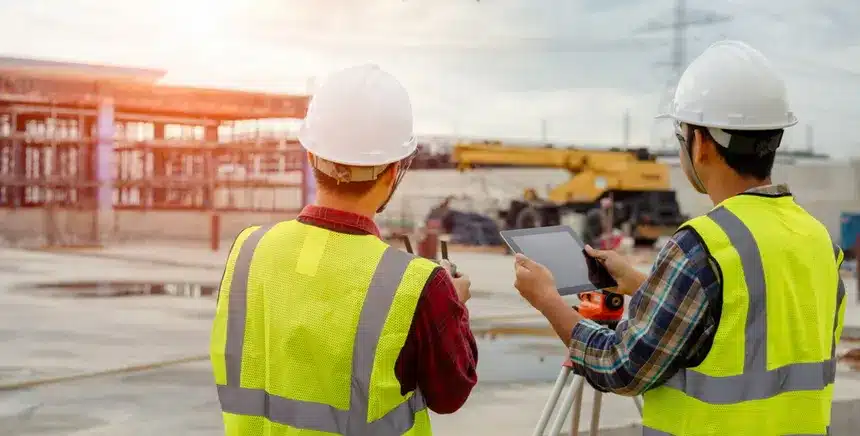The construction industry, long characterized by manual labor and traditional methods, is undergoing a transformative shift. In 2025, robotics and automation are not just emerging trends—they are becoming integral to modern construction practices. This evolution is driven by the need for increased efficiency, enhanced safety, and sustainable building solutions.
The Rise of Construction Robotics
Historically, construction has lagged behind other industries in adopting automation. However, recent advancements have led to the development of robots capable of performing tasks such as bricklaying, 3D printing, and site surveying with remarkable precision. These technologies are addressing labor shortages and improving project timelines. One such innovation is the Hadrian X bricklaying robot by Fastbrick Robotics, which can lay hundreds of bricks per hour with minimal human intervention.
Benefits of Integrating Robotics in Construction
1. Enhanced Efficiency and Productivity
Robots can operate continuously without fatigue, handling repetitive tasks more quickly than human workers. This leads to faster project completion and allows human labor to focus on complex aspects of construction. According to Cemex Ventures, the integration of construction technology is key to addressing modern challenges and optimizing productivity.
2. Improved Safety
Automation reduces the need for workers to perform dangerous tasks, such as working at heights or handling hazardous materials. This shift significantly decreases the risk of workplace injuries. As highlighted by the CDC’s Construction Safety Blogs, robotics can play a vital role in protecting workers on hazardous job sites.
3. Cost Reduction
While the initial investment in robotics can be substantial, the long-term savings from increased productivity and reduced labor costs are significant. Companies are finding that automation leads to more predictable budgeting and fewer delays. A McKinsey report also suggests that robotics and automation can reduce project costs by up to 20%.
4. Sustainability
Robotic systems contribute to sustainable construction by minimizing waste through precise material usage and enabling the creation of energy-efficient structures. Innovations like robotic 3D printing, highlighted by MIT Technology Review, are also paving the way for eco-friendly construction practices.
Challenges to Adoption
Despite the clear advantages, several barriers hinder the widespread adoption of robotics in construction:
-
High Initial Costs: The expense of acquiring and implementing robotic systems can be prohibitive for smaller firms.
-
Workforce Resistance: There is often skepticism among workers regarding the reliability of robots and concerns about job displacement. Companies like Dusty Robotics are addressing this by creating collaborative robots that work alongside humans, rather than replacing them.
-
Technical Limitations: Construction sites are dynamic environments, and robots must be adaptable to varying conditions, which remains a technical challenge.
Future Outlook
The trajectory of construction robotics points toward increased integration and innovation. As technology advances, we can expect to see more autonomous machines capable of complex tasks, further reducing the reliance on manual labor. Collaborations between technology developers and construction firms will be crucial in overcoming current challenges and driving the industry forward. According to the International Federation of Robotics (IFR), the global adoption of service and industrial robots is expected to reach new heights in 2025 and beyond.
Conclusion
The integration of robotics into construction is revolutionizing the industry, offering solutions to long-standing challenges related to efficiency, safety, and sustainability. While obstacles to adoption exist, the potential benefits make a compelling case for embracing this technological evolution. As we look to the future, construction robotics will undoubtedly play a pivotal role in shaping the built environment.
Read also The Rise of 3D-Printed Homes: Will Robots Replace Construction Workers?
